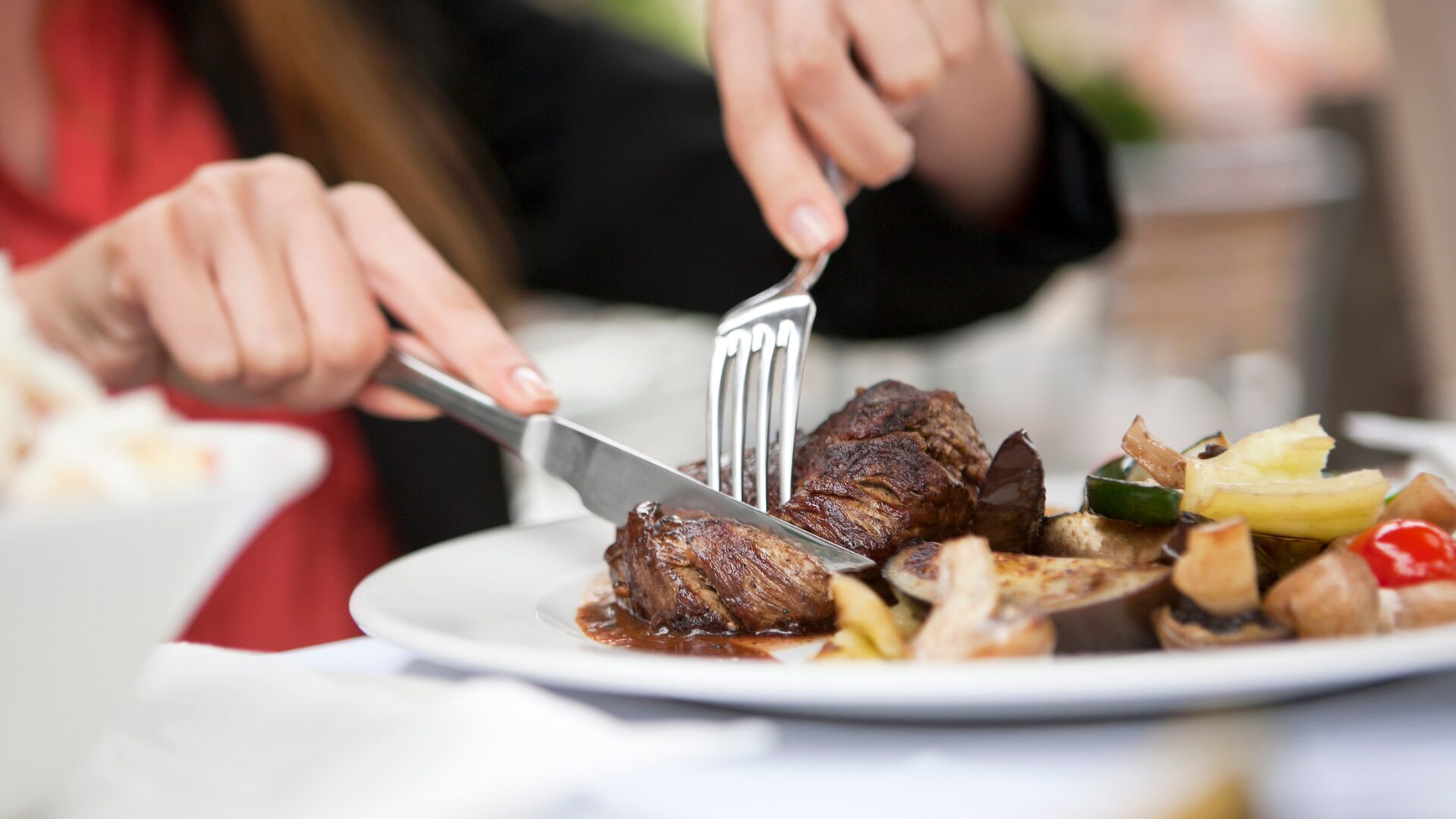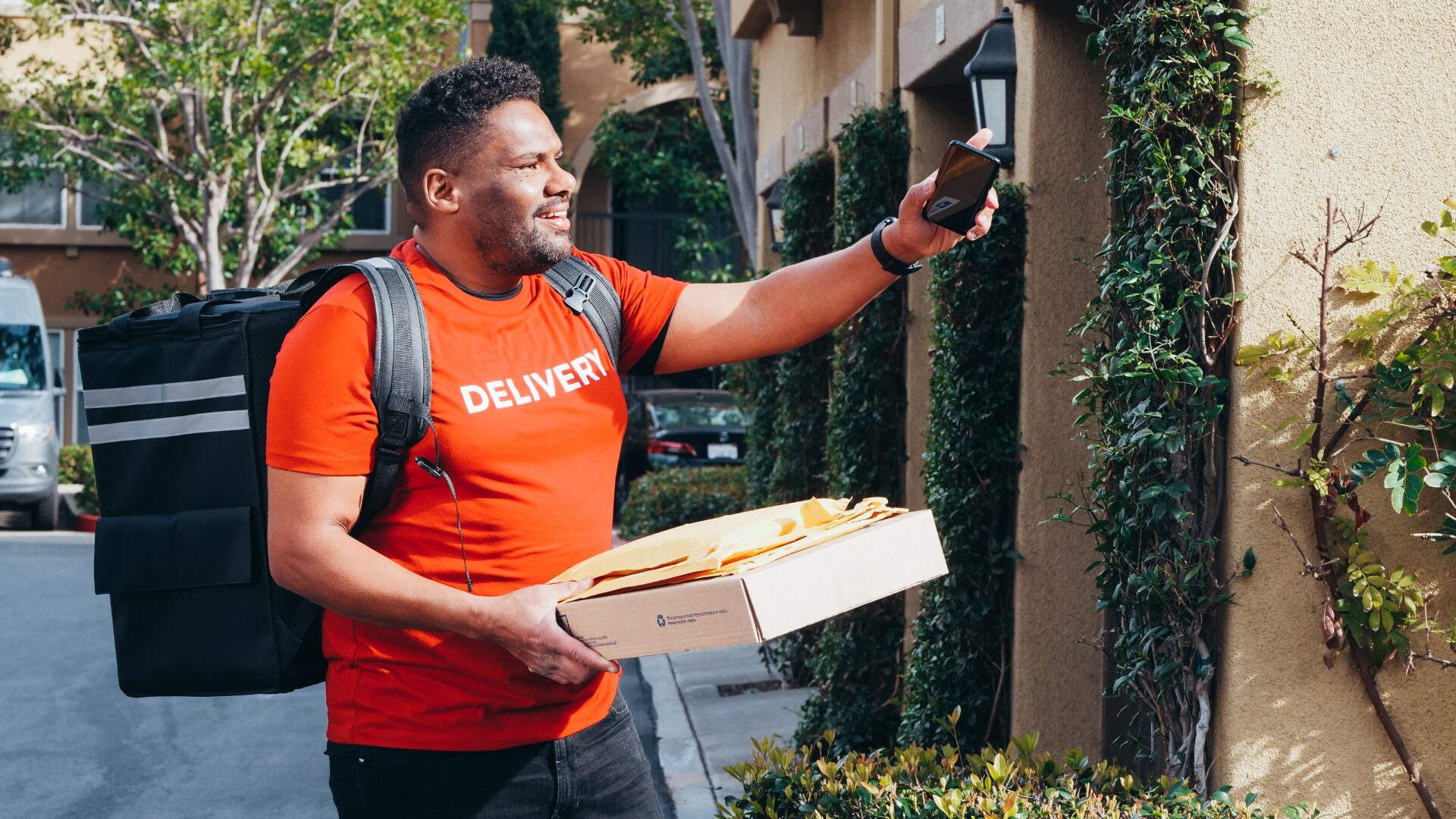Industry leaders expectFather’s Day 2025 to surpass the 2023 record of $22.9 billion by a sizeable margin, ending with $24 billion in sales. The often overlooked holiday is experiencing something of a renaissance; however, economic headwinds continue to threaten consumers.
“Americans are embracing meaningful traditions and holidays, and this Father’s Day, spending on gifts and other holiday items is expected to reach record levels,” said NRF VP of industry and consumer insights Katherine Cullen, in a statement.
Roughly 76% of consumers plan to celebrate the holiday this year, with 48% planning to purchase a gift for their father or stepfather, according to the NRF survey. Gift purchases will also go to a husband (25%), son (12%), brother (9%), friend (8%), or grandfather (6%).
Although the percentage of celebrants has stagnated, average spending is up by nearly $10 per person between 2024 and 2025, supported by consumers between 35-44, who are spending an eye-opening $289.90, the most of any subgroup.
Treating the Father in Your Life
“As consumers look to recognize the father figures in their lives, retailers are prepared with gift ideas, special deals, and convenient shopping options to help customers find the right gifts,” Cullen said.
Consumers are participating in various activities to celebrate Father’s Day. A “special outing” gift is slated to take the largest market share, at $4.8 billion, which could take the form of an activity or restaurant celebration.
Using 2024 foodservice data as a benchmark, restaurant chains will likely see increased patronage across the U.S., according to Placer.ai.
Full-service dining venues increased 30.3% compared to a year-to-date Sunday average, while QSR visits were up 1.8%. Although significant, these values are muted compared to the more celebrated Mother’s Day: the latter holiday’s full-service patronage was 20% higher than Father’s Day in select regions, such as in the Northeast.
The type of restaurant also differs between the two holidays, while Mother’s Day favors restaurants such as Olive Garden, Father’s Day visits shot up at steak restaurants. Texas Roadhouse, for example, enjoyed a 49.4% increase in visits on Father’s Day 2024 compared to the YTD Sunday average.
A separate Numerator report corroborates food and beverage’s stake in the holiday. Father’s Day celebrants indicate the following purchases:
- 60% plan to buy food
- 25% plan to buy alcohol
- 9% plan to buy candy
To buy these items, the NRF survey found that consumers will likely shop online, with 41% of consumers indicating an intention to purchase gifts through the channel, followed by department stores (35%), discount stores (23%), specialty stores (22%), and local businesses (19%).
An Economy Holding Its Breath
The support for Father’s Day may come as a shock to many, as consumers react to an uncertain economic situation.
Although the consumer price index showed that inflation cooled slightly in April, The New York Times reported economists warn that the good news may be a final dip before consumer prices shoot back up as a result of tariffs. Prices in April rose 2.3% from the year before, the slowest annual rate increase since 2021.
On the other hand, Food Institute analysis of the Bureau of Labor Statistics data found that the wedge between food-at-home and food-away-from-home inflation continues to widen, with away-from-home spending nearly double that of at-home transactions, 3.9% compared to 2% year-over-year on an unadjusted basis.
Last month, the Food Industry Association (FMI) also reported that, although consumers continue to celebrate special events and moments this spring, they are still concerned about the state of the economy.
The report asserted the following:
- 59% are concerned about the U.S. economy
- 62% worry about inflation
- 52% fear a recession on the horizon
Within the F&B subsector, fears continue to mount. Roughly 80% of consumers are at least somewhat concerned with how tariffs will impact imported food, 73% worry about grocery prices increasing, and 51% fear they may struggle to afford groceries. On the other hand, 79% still feel in control of their grocery spending, according to the report.
Research today suggests consumers have grown jaded by their prolonged anxieties associated with the state of the economy and are refusing to compromise on their special occasions. The NRF report noted that the sustained interest in special outing-related purchases suggests Americans wish to create new memories and celebrate together. Food and beverage sales complement these community-based experiences.
The Food Institute Podcast
Just how difficult is it to scale a better-for-you snack company? Rebecca Brady, founder and CEO of Top Seedz, shares how she turned a homegrown idea into a rapidly scaling snack brand and breaks down the strategy behind her growth, from bootstrapping production to landing national retail partnerships.













